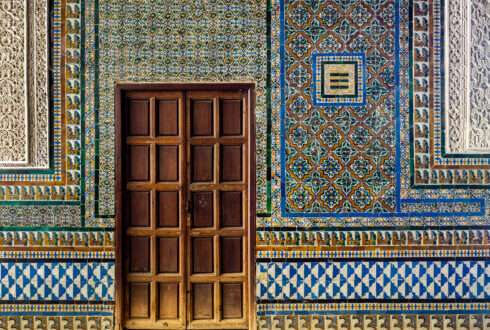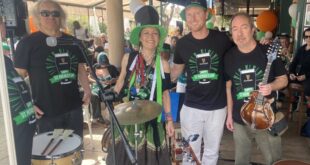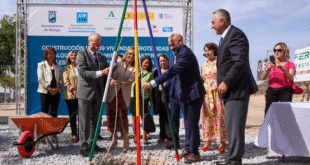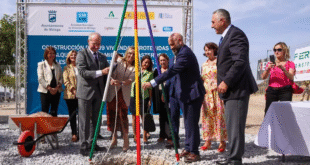The House of Pontius Pilate is one of Sevilla’s finest monuments. It’s a place full of elegance and grace.
A small garden, beautiful bougainvilleas cascading down walls and columns of grace, all create an atmosphere to stimulate the mind and delight the senses.
We are approaching Easter and some of us remember Bible stories that we heard in school. One such story is the one where Jesus Christ, as a prisoner, was brought to the Roman Governor, Pontius Pilate. The Jewish people were demanding his crucifixion, but the Roman politician refused to get involved, famously ‘washing his hands’ of the whole affair.
This is the perfect moment to learn about Pontius Pilate’s House (‘La Casa de Pilatos’) in Sevilla. But before we explore the house, it’s important to talk about ceramic tiles, known in Spanish as ‘azulejos.’
READ MORE
We all know that the ‘Deep South’ of Spain, the region known as Andalucía, was under Arabic rule between 700 and 1500 AD. Azulejos is one of the most enduring characteristics of this period. Tiles helped to keep interiors cool during the hot summer months. Muslims were prohibited from drawing anything that resembled Allah or Mohammed. They focused instead on geometric patterns. This skill was maintained and even improved after Andalucía reverted to Christian rule.
The walls of this house are decorated with some of best tiles that you’ll see. These tiles have been there for 600 years.
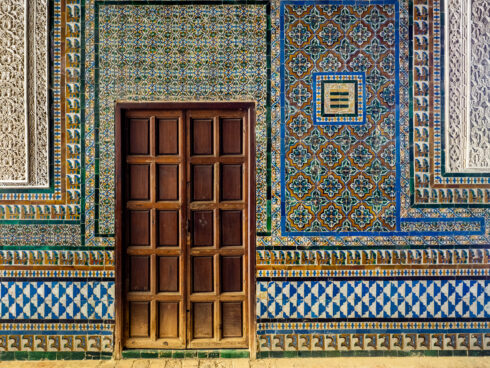
Fadrique Rivera, First Marquis Tarifa in 1519, was a local aristocrat who went on a journey to Jerusalem. He was shown the supposed remains of Pontius Pilate’s Palace and, upon his return to Sevilla, decided to construct a replica. He was sold a marble column that they said was the pillar Jesus was tied to when he was flogged. Fadrique’s imagination was ignited, and he planned to create a ‘Via Crucis’ (a replica of Christ’s route from Pilate’s Palace to Calvary, where he was crucified) in Sevilla.
Fadrique imagined the religious people in Sevilla gathering at his home on Good Friday to pray before the marble column. They would then walk in procession along his ‘route,’ ending in a field outside the city walls, where he would have a cross erected. This area became known as the ‘field of the cross’ (‘el campo de la cruz’). When a German brewery bought the site in Victorian times, they named their beer ‘Cruzcampo.’
You can visit the House’s ground floor (‘planta principal’) on most days of the year. The entrance costs €12 (with all the usual discounts available, and children under 12 getting in free). However, we suggest you try to pick a day when the upper floor (‘planta superior’) is open. It’s worth the little extra cost.
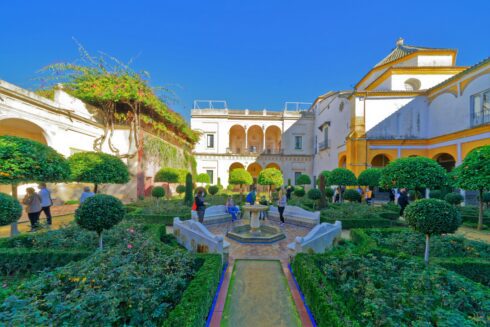
When the family isn’t in Sevilla you can visit their home and see their collection of Old Master artwork.
It’s obvious that the house doesn’t look like a Roman Governor’s Palace from Biblical times. However, it is a marvelous ‘transition’ piece, with clear Renaissance features. Since Arab craftsmen were employed as masons and carpenters, it also has a definite ‘eastern’ feel. The house of Pontius Pilate has appeared in several films for this very reason.
Lawrence of Arabia was filmed in this location for several scenes between 1962 and 1963. Ridley Scott has also used the location to film two of his movies, 1492: Conquest of Paradise in 1992 and Kingdom of Heaven in 2005. Tom Cruise and Cameron Diaz shot Knight and Day in 2009 here.
 Costa News Spain Breaking News | English News in Spain.
Costa News Spain Breaking News | English News in Spain.
